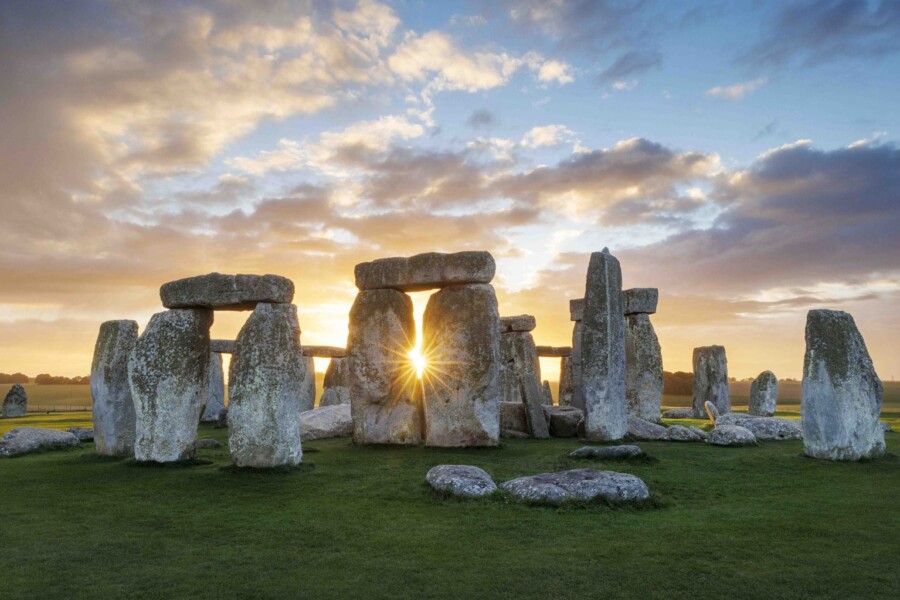
Seeing Stonehenge: On Assignment for Discover Britain Magazine with Jeremy Flint
Uncovering the unknown and revisiting history are two great reasons why photography is so special. When it comes to significant landmarks around the world, we might see thousands of photos of these relics over the course of our lifetime. But the story behind these sites and the individual perspectives behind these photos are truly unique. Time and time again, new photos bring new life to historic destinations.
We connected with travel photographer, feature writer, and PhotoShelter member Jeremy Flint for a behind-the-scenes look at his recent photo assignment for Discover Britain Magazine. Here, he had the opportunity to photograph Stonehenge and some of the staff who help protect this ancient monument.
But before jumping into this guest post, we want to share a bit more about Jeremy, his impressive career, and also express our gratitude as he shares this inside look at a once-in-a-lifetime assignment.
With a passion for global travel, Jeremy’s award-winning work captures the beauty of destinations and reflects his fascination for culture, traditions and humanity.
Jeremy regularly undertakes commissions for a range of clients where his photography work features in publications including National Geographic Traveller, BA Highlife, Digital Photographer, Outdoor Photography, Scotland, This England, and Discover Britain Magazine. To see more of Jeremy’s work, visit his PhotoShelter website and follow him on Instagram and Facebook.
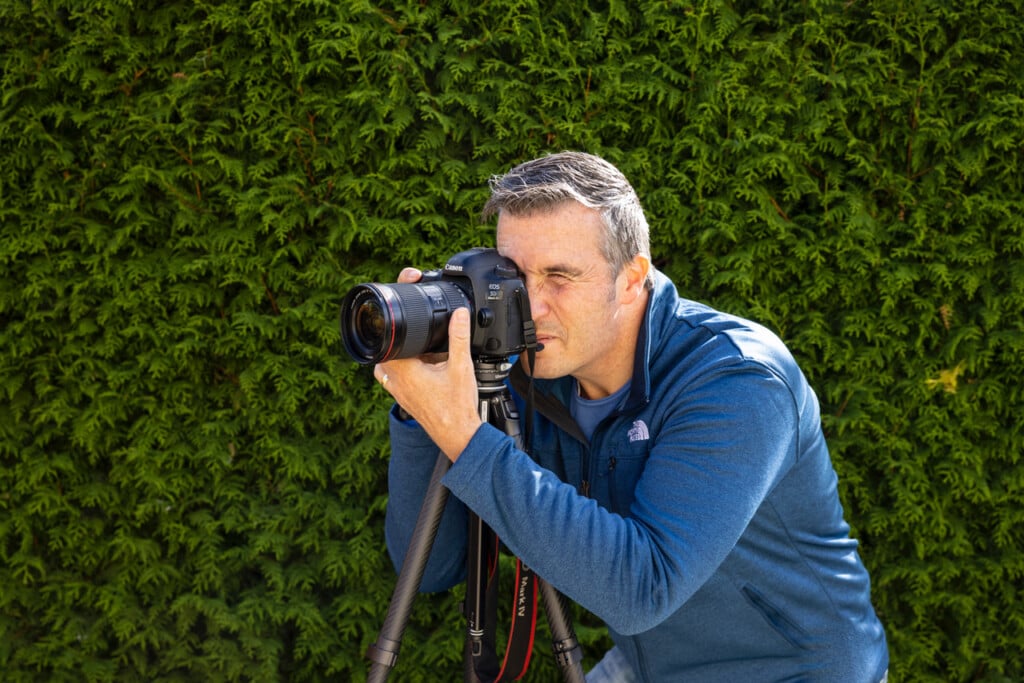
The following is directly from Jeremy Flint:
With a recent photoshoot for Discover Britain Magazine, I was tasked to capture the incredible Stonehenge: one of Britain’s most iconic landmarks, and the custodians of these stones. This was a dream assignment to undertake and a place I have always wanted to photograph.
Setting the Scene: A Brief History of Stonehenge
Before picking up the camera, I like to look at the history of a place. This is a great way to understand the nature of Stonehenge whilst providing a source of inspiration for the shoot.
Set in the heart of Wiltshire, Stonehenge is a magnificent neolithic stone circle and simply one of the greatest monuments on Earth. The stones have stood proud on Salisbury Plain ever since their construction around 2500 BC. The striking pillars are a testament to our ancestors’ achievements and creativity. Their assembly required superhuman effort where the stones were raised by up to 100 people per stone and connected using mortise and tenon, and tongue-and-groove joints to fit them into position.
Of the two stone circles, the larger slabs of the outside ring are said to have come from the local Marlborough Downs and the smaller bluestones of the inner circle from the Preseli Hills in Wales. Incredibly, they were carried by sledges and ropes and shaped using basic tools such as hammerstones (large heavy boulders made from flint and stone).
I found this incredible feat of physical engineering fascinating and wanted to do it justice with the images I would make.
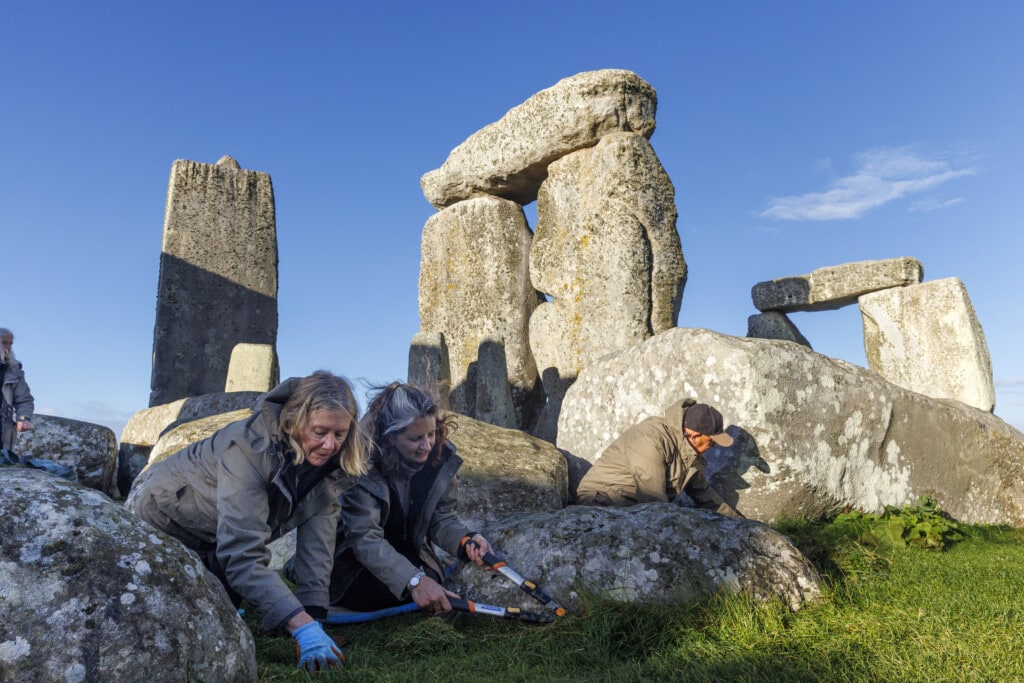
Light and Shadow: Whatever the Weather
Stonehenge is an enchanting place to see, let alone photograph. Having seen images of Stonehenge awash on social media, I wanted to capture my own version of the stones with fresh eyes. I was excited with the shoot and set off in great anticipation.
On location, I love to work with the light and factor this into interesting compositions. However, on arrival, it was raining heavily, and I thought the shoot would be a washout. Thankfully, my luck soon changed and as the rain clouds passed overhead and the sun suddenly appeared, I captured the sun’s rays bursting through the stones. Witnessing and capturing these incredible moments really gets my creative juices flowing and I was grateful to be there for this decisive moment.
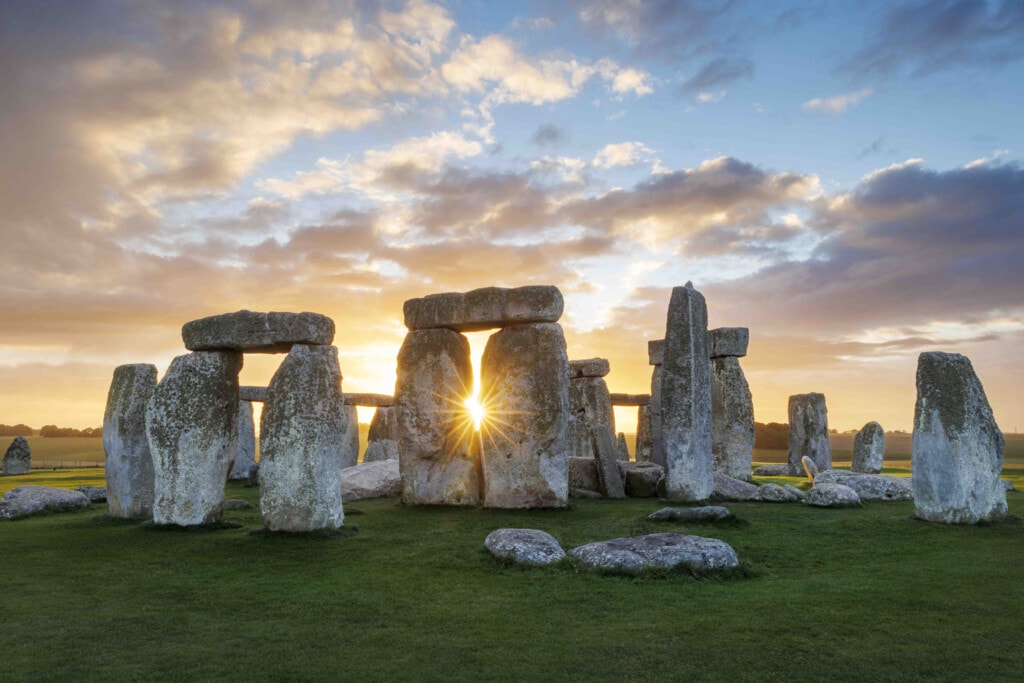
Besides the weather, having limited time on site before the first visitors would arrive and a very busy road in the background with endless traffic to contend with, I managed to overcome these challenging hurdles during the shoot.
As a professional travel photographer who really enjoys travelling all over the world and photographing fantastic places, I love working with natural light, rather than artificial lighting. Stonehenge was no exception, where I particularly found photographing the scene with the sun arcing lower in the sky helped to add some atmosphere when interesting shadows were formed, elevating the image.
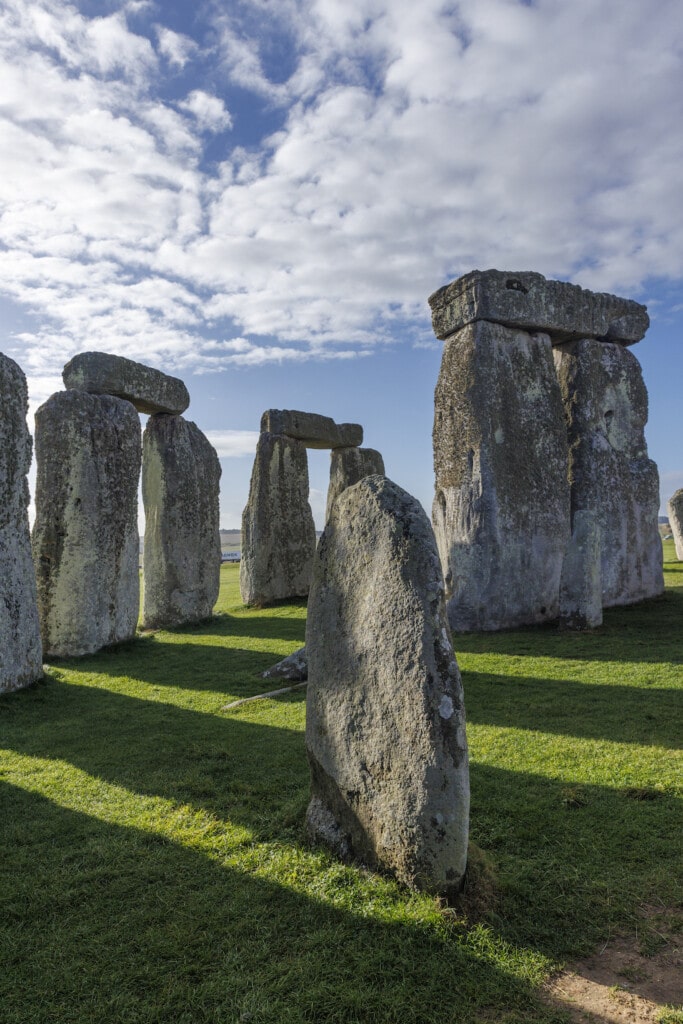
Documenting a Devoted Staff
The UNESCO Cultural and World Heritage Site is owned and managed by the English Heritage and a legally protected Scheduled Ancient Monument. Subsequently, access to the stones is quite limited and you can’t actually touch the stones when there, so I had to be particularly careful when shooting around them.
With a large footfall of 10,000 daily visitors during the summer and nearly 1 million people annually this is understandable. There is a roped perimeter surrounding the stones to help preserve their condition and sustain the site as a peacefully conserved area.
A devoted squad of staff and volunteers also strive to preserve the stones for future generations including a security team who are permanently present to guard the stones. The second part of my assignment was to meet and photograph these guardians such as Heather Sebire, Curator of Stonehenge, who is responsible for the upkeep of conserving the stones and reports their condition to UNESCO every year, to retain its World Heritage status.
I wanted to capture these custodians of one of Britain’s most recognizable landmarks, within the context of the stones and it was a privilege to be able to photograph them inside the circle for the commission.
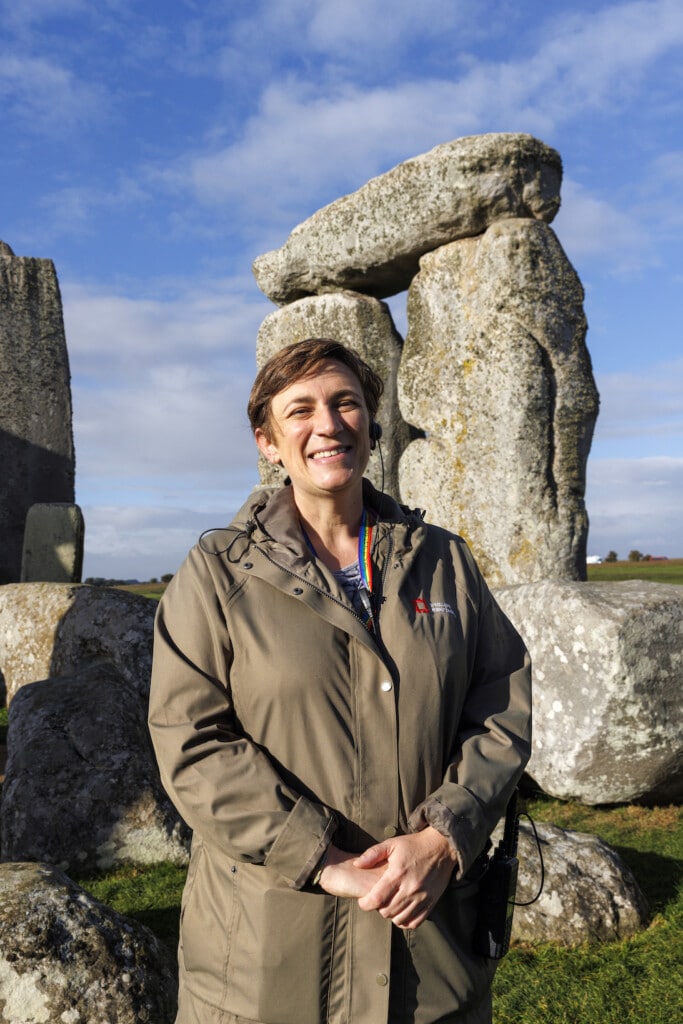
Jeremy’s Go-To Gear
As a longstanding Canon user, who has recently switched to mirrorless, I used a Canon R5 camera for the shoot with a Canon RF 24-70mm lens, a real workhorse lens with great optical quality and zoom capabilities.
This was my go-to-gear of choice, paired with a Gitzo GT2542LS tripod and a Manfrotto 405 head. In softer light when the luminance was limited, I needed a longer exposure time and found my tripod to be an essential piece of kit to keep everything stable.
Standing amongst the stones, you can really feel the history and wonder this place eludes whilst getting a sense of magnitude and mystery from this magical monument. It was incredible to walk in the footsteps of the prehistoric people who were here 4,000 years ago and I felt honoured to take on this job and share my vision of this truly British icon and its custodians.
Jeremy Flint
If you feel inspired to visit the stones yourself, you can learn more on the English Heritage website.
If you want to learn more about Jeremy, visit his PhotoShelter website. There, you’ll find his stunning portfolio and a collection of his published work.
He also has a beautiful selection of fine art prints for sale (over 100 images to choose from)! Follow along Jeremy’s next adventure by checking him out on Instagram and Facebook.

